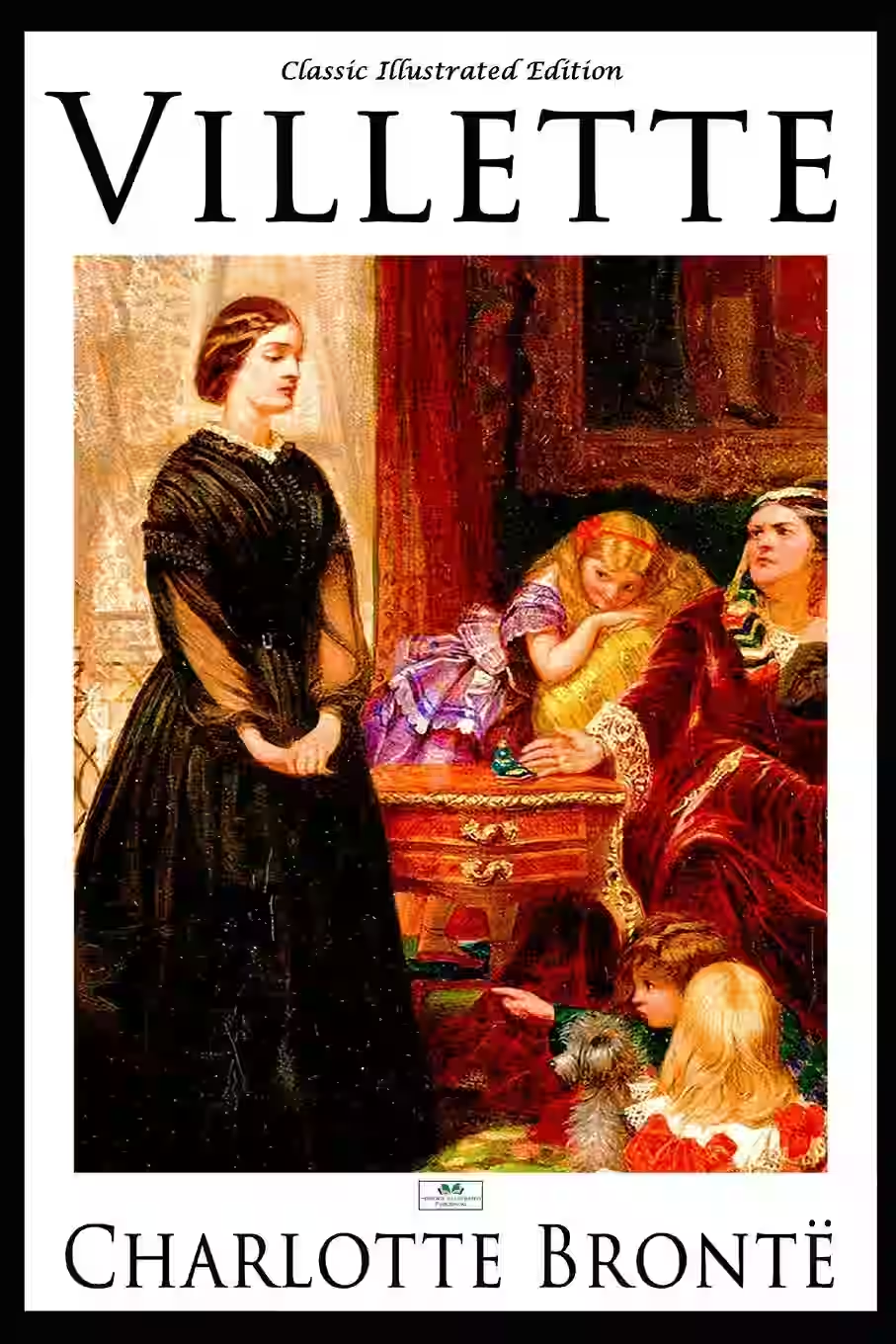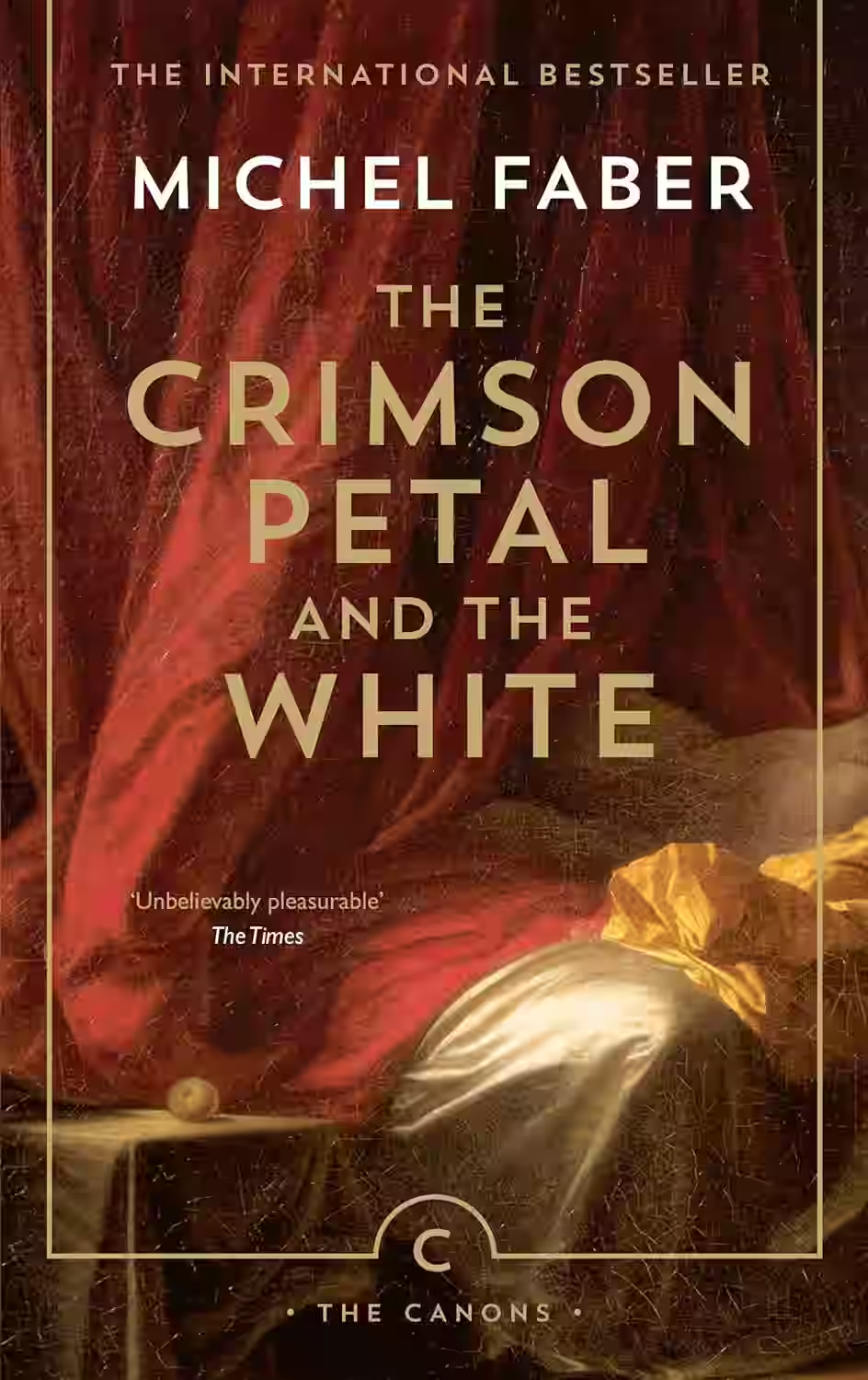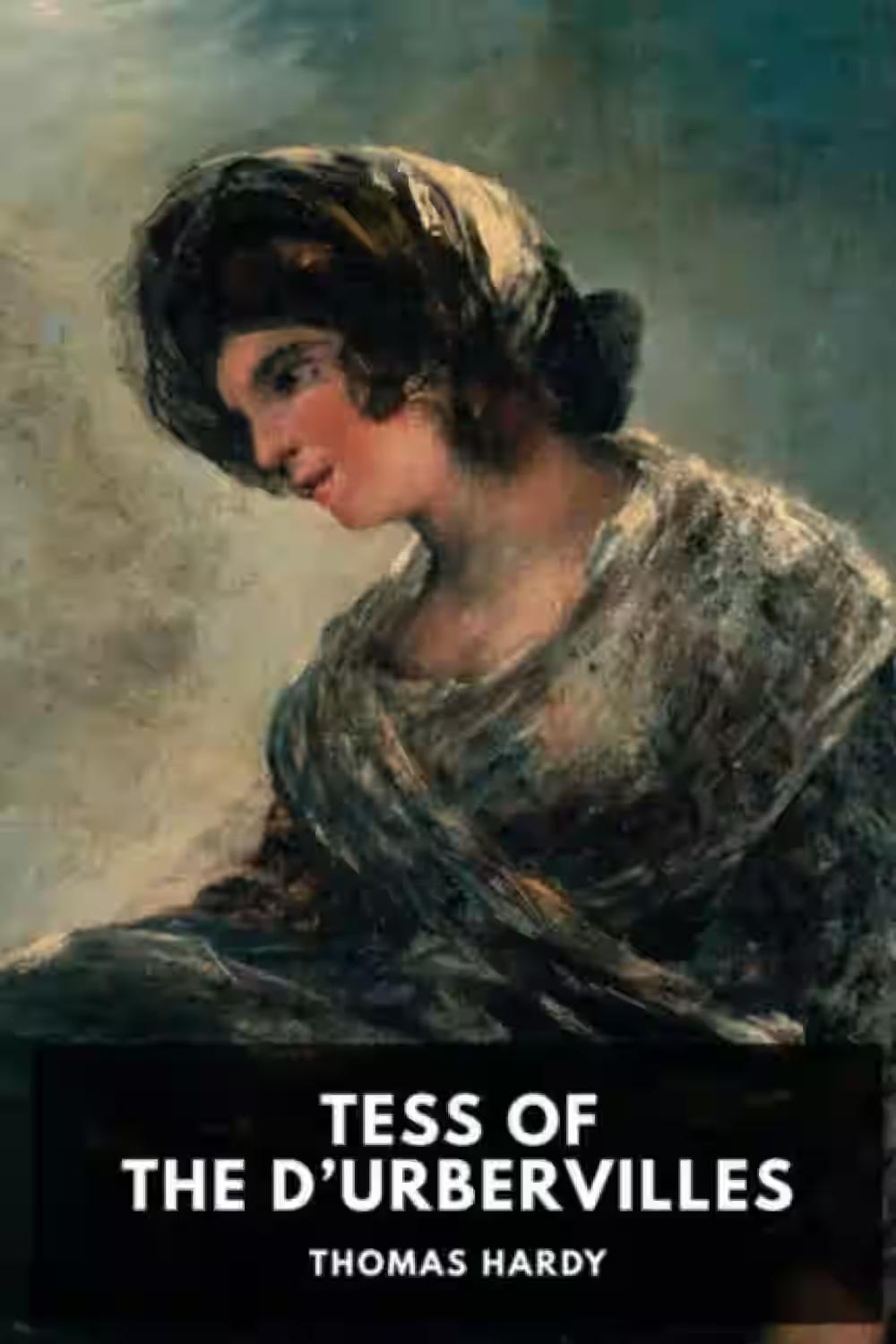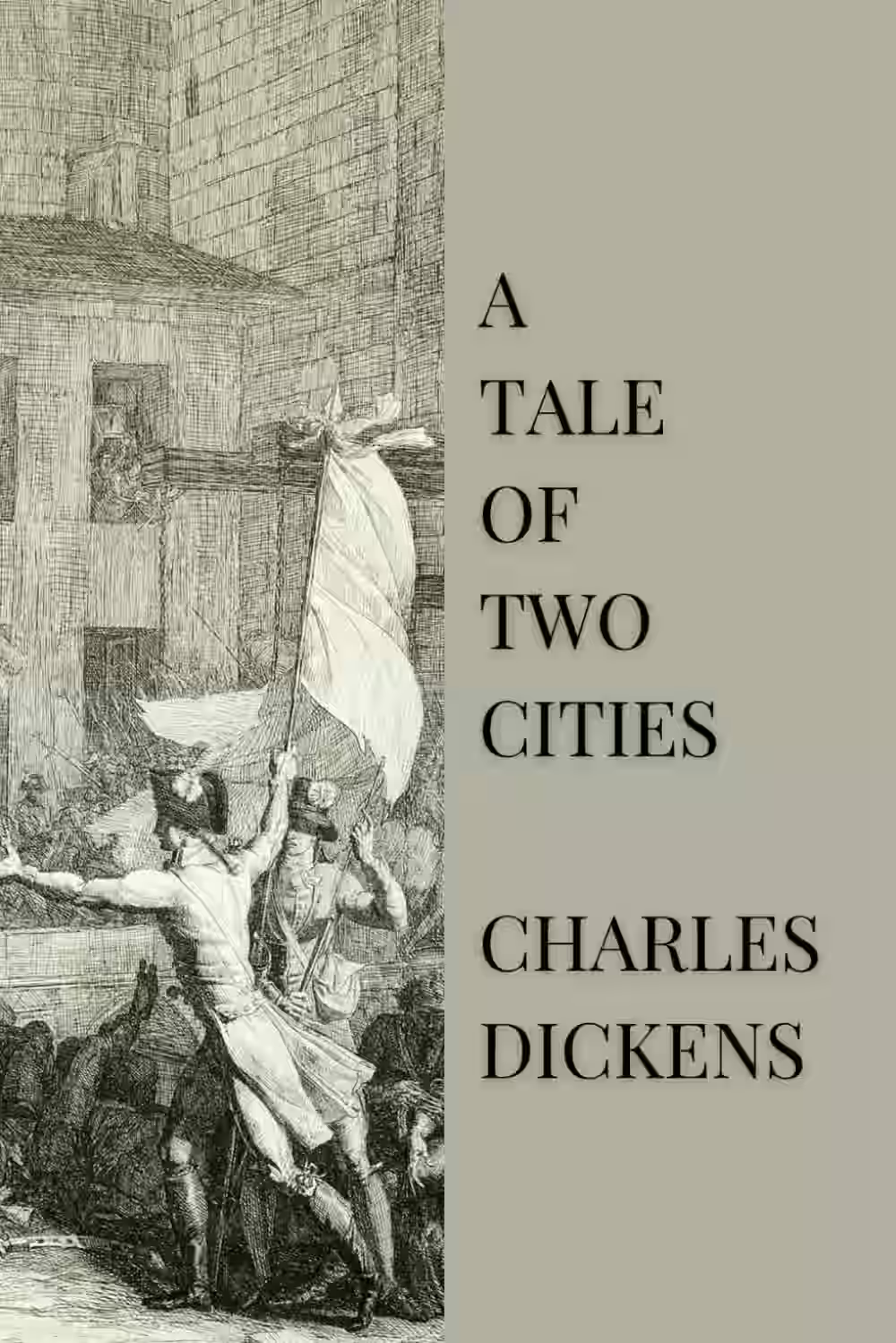Victorian Literature
Victorian Literature refers to works produced during the reign of Queen Victoria (1837-1901), marked by themes of social class, morality, manners, and industrialization.

Villette
Charlotte Brontë's 'Villette' is a profound exploration of isolation, identity, and emotional resilience, set in an evocative Victorian backdrop. The novel follows Lucy Snowe, a resilient and introspective young woman, who leaves England to find her place in the small fictional town of Villette. As she navigates her role as a teacher in a girls' school, Lucy grapples with unrequited love, cultural dislocation, and personal ambition. Brontë masterfully delves into themes of loneliness and the struggle for self-determination, offering readers a rich psychological insight into Lucy's inner world. With vivid characterization and a narrative infused with Brontë's signature gothic undertones, 'Villette' challenges social norms and patriarchal constraints, leaving a lasting impact on its readers.

The Crimson Petal and the White
by Michel Faber
In Michel Faber's 'The Crimson Petal and the White,' readers are immersed in a vivid portrayal of Victorian London's underbelly, following the life of Sugar, a determined and unconventional prostitute with aspirations beyond her circumstances. The novel delves into themes of class struggle, gender roles, and societal constraints, providing a thought-provoking commentary on power dynamics and human desires. Through intricate character development and rich historical detail, Faber weaves a tale of ambition, betrayal, and redemption that grips readers from start to finish. 'The Crimson Petal and the White' is a meticulously crafted masterpiece that offers a compelling and immersive reading experience.

Tess of the d’Urbervilles
by Thomas Hardy
Thomas Hardy's 'Tess of the d’Urbervilles' is a captivating novel that delves into the themes of fate, purity, and society's harsh judgments. The story follows the tragic life of Tess, a young woman from a humble background who discovers she is a descendant of the aristocratic d’Urberville family. As Tess navigates love, betrayal, and societal expectations, readers are drawn into a compelling narrative that explores the complexities of morality and the injustices faced by women in Victorian England. Hardy's vivid descriptions of the rural landscapes and his nuanced character development add depth to the novel, making it a timeless classic that continues to resonate with readers today.

A Tale of Two Cities
In Charles Dickens' 'A Tale of Two Cities,' the turbulent backdrop of the French Revolution sets the stage for a gripping narrative of love, sacrifice, and redemption. The novel intertwines the lives of characters from London and Paris, illustrating the stark contrasts between the two cities during a tumultuous time in history. Through intricate plots and vivid descriptions, Dickens explores themes of resurrection, oppression, and the consequences of societal injustice. As the characters navigate personal struggles and political upheaval, the story builds towards a powerful climax that resonates with themes of hope and renewal. 'A Tale of Two Cities' remains a timeless classic that captivates readers with its profound insights into human nature and the enduring power of love and sacrifice.